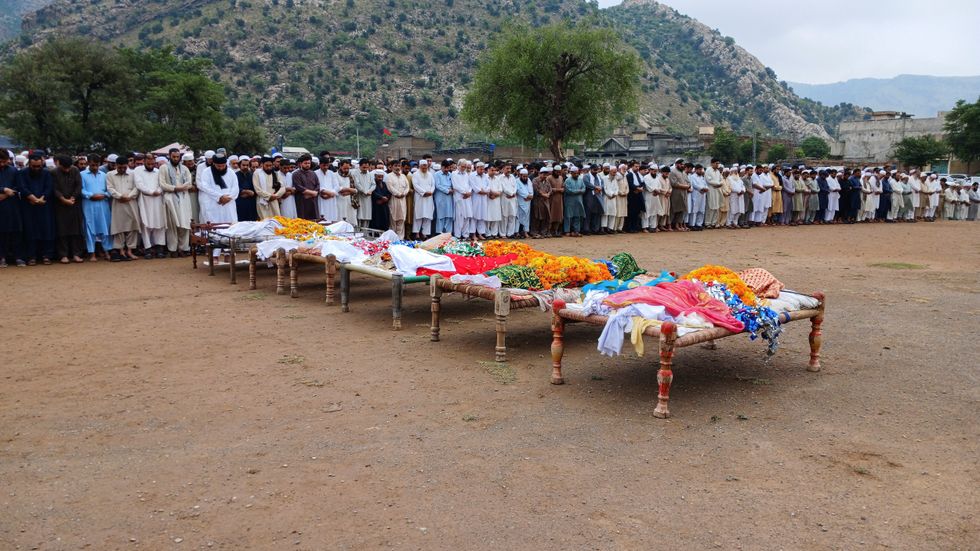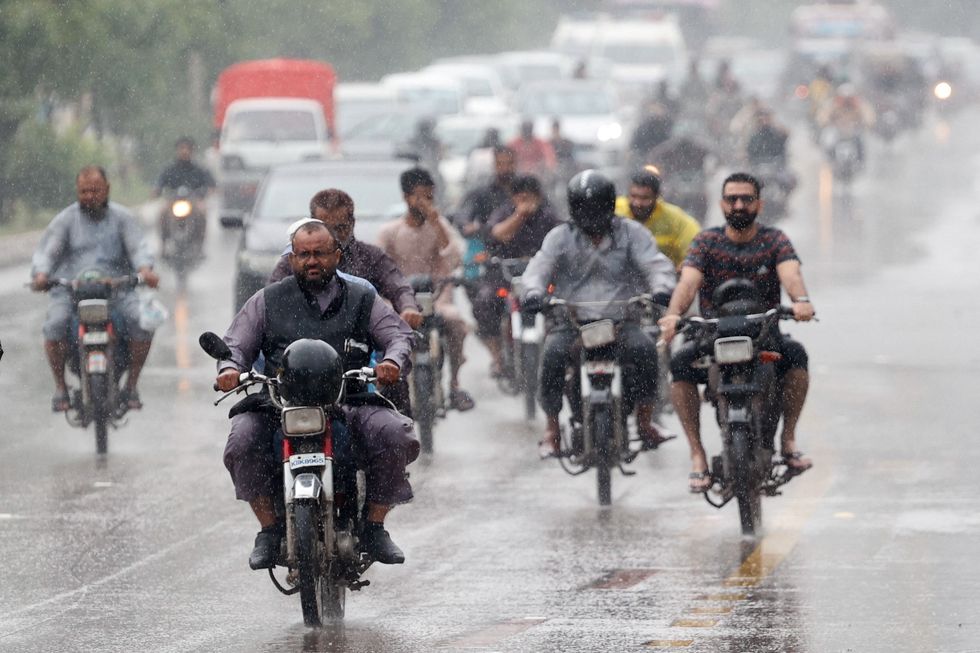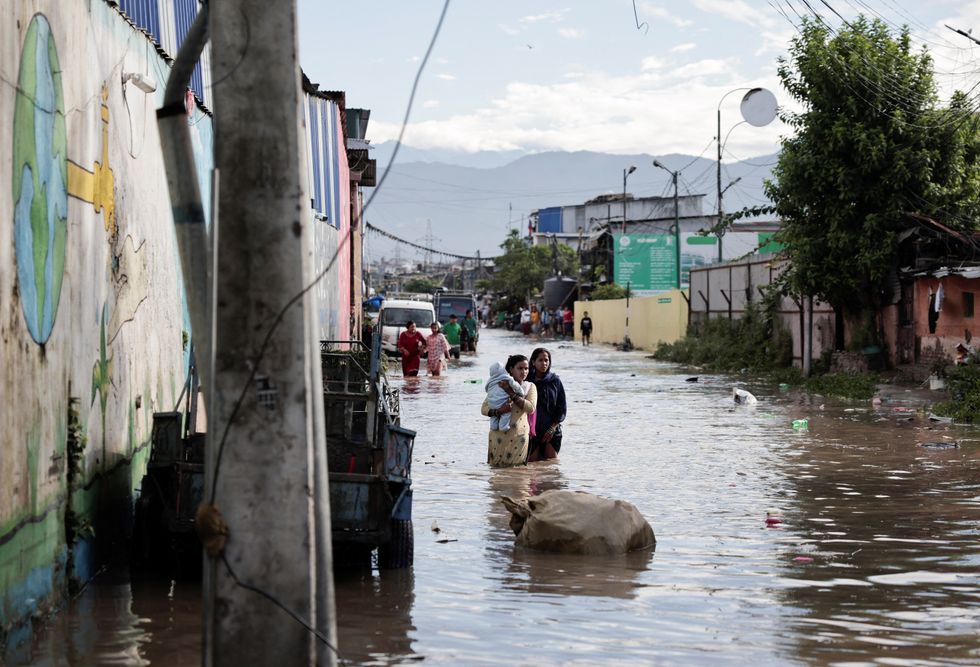News Desk
The News Desk provides timely and factual coverage of national and international events, with an emphasis on accuracy and clarity.

Partially submerged vehicles are pictured in the flooded area along the bank of the overflowing Bagmati River following heavy rains in Kathmandu, Nepal, July 31, 2024.
Reuters
Despite countless climate conferences and pledges of 'green funds,' climate change continues to impact South Asia in 2024 severely. The region faced significant environmental and socio-economic disruptions, primarily due to rising temperatures, floods, and storms.
Heatwaves were particularly intense. India and Bangladesh experienced record-breaking temperatures, exacerbated by the El Niño phenomenon, causing school closures, health risks, and increased energy demand. In India, heatwaves even affected voter turnout during national elections. Vulnerable communities, including those in refugee camps, faced worsening conditions due to the heat.
Flooding was another major issue. In Pakistan, India, and Nepal, severe floods damaged infrastructure and displaced populations. Below is a recap of key events that so far highlight the devastating impact across the region.
Afghanistan: Catastrophic floods struck on May 10-11, 2024, particularly in Baghlan, Takhar, and Badakhshan provinces. Over 300 people died, with thousands of homes damaged or destroyed.
AFP
An Afghan boy shovels mud from the courtyard of a house following flash floods after heavy rainfall at a village in Baghlan-e-Markazi district of Baghlan province on May 11, 2024.



Pakistan: Torrential rains have claimed over 200 lives across the country in 2024. The regions most affected include Khyber-Pakhtunkhwa, Gilgit-Baltistan, Pakistan-administered Kashmir, Punjab, Islamabad, and northern Balochistan. The flooding has led to building collapses, lightning strikes, and significant infrastructure damage.
Reuters
People attend the funeral of victims who died after monsoon rain flooded the basement of a house, killing 11 family members, in Dara Adam Khel, in the Kohat District of Khyber Pakhtunkhwa, Pakistan July 30, 2024.



India: In the northeastern state of Tripura, heavy rains triggered floods and landslides, forcing over 65,000 people from their homes and killing at least 23. Flash floods and continuous rain have wreaked havoc across several states in India, leading to widespread displacement and destruction.Heatwaves in India also affected voter turnout during the world’s biggest election, as nearly a billion Indians headed to the polls.The cities of Nandyala and Kadapa, located in Andhra Pradesh, reached a record-breaking temperature of 46.3°C.
AFP
People commute through a waterlogged road after heavy rainfall in Gurgaon, outside India's capital New Delhi on August 6, 2024.



Bangladesh: In late May, Cyclone Remal, with wind speeds measuring up to 140km/h ripped through the Bay of Bengal affecting both the coastal regions of Bangladesh and India’s West Bengal state.While only moderate in strength, Cyclone Remal proved very destructive, forcing over 800,000 people in Bangladesh and over 110,000 people in India to evacuate to storm shelters, and killing at least 69 people. Tropical cyclones are part of life for these coastal communities, but warmer oceans and rising sea levels are making them more dangerous.
Reuters
People move a cart with a woman and a child through a flooded street, amid severe flooding in the Fazilpur area of Feni, Bangladesh, August 26, 2024.



Nepal: Torrential rains have led to multiple flash floods and landslides across the country killing over 200 people, further highlighting the region’s increasing vulnerability to climate-related disasters.The recurring floods and extreme weather in Asia underscore how climate change is exacerbating traditional seasonal patterns.The destruction from these events is pushing governments, communities, and international organisations to rethink disaster management strategies while emphasising the urgent need for climate resilience measures.
Reuters
A woman carrying an infant wades through the flooded area along the bank of the overflowing Bagmati River following heavy rains in Kathmandu, Nepal, July 31, 2024.










Comments
See what people are discussing